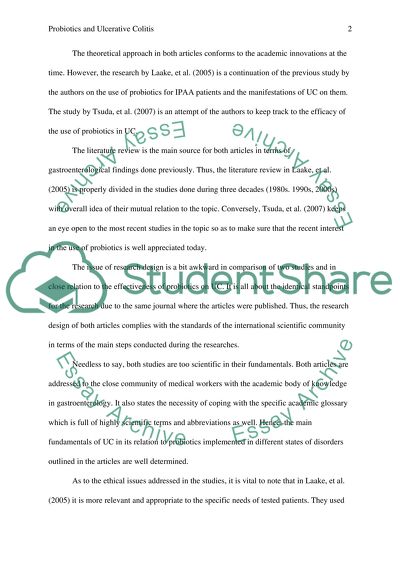Cite this document
(“Effects of probiotics on ulcerative colitis Research Paper”, n.d.)
Retrieved from https://studentshare.org/health-sciences-medicine/1578846-effects-of-probiotics-on-ulcerative-colitis
Retrieved from https://studentshare.org/health-sciences-medicine/1578846-effects-of-probiotics-on-ulcerative-colitis
(Effects of Probiotics on Ulcerative Colitis Research Paper)
https://studentshare.org/health-sciences-medicine/1578846-effects-of-probiotics-on-ulcerative-colitis.
https://studentshare.org/health-sciences-medicine/1578846-effects-of-probiotics-on-ulcerative-colitis.
“Effects of Probiotics on Ulcerative Colitis Research Paper”, n.d. https://studentshare.org/health-sciences-medicine/1578846-effects-of-probiotics-on-ulcerative-colitis.


